Compression Molding
Compression molding is a manufacturing process used to shape materials such as thermosetting plastics, composites, and rubber compounds into finished products. In this process, the material is placed into an open mold cavity, which is then closed with a top mold or “press.” Heat and pressure are applied to the mold, causing the material to flow and fill the mold cavity, taking on its shape. The pressure is maintained until the material cures or solidifies, at which point the mold is opened, and the finished product is removed. Compression molding is commonly used to produce a wide range of parts and components with precise dimensions and complex geometries, including automotive parts, electrical components, and consumer goods.
Compression Mold
Compression molds are used in various manufacturing processes, including those involving Bulk Molding Compound (BMC), Sheet Molding Compound (SMC), and other composite materials.
RAW MATERIAL
Sheet molding compound (SMC) is manufactured separately from the pressing operation. Through a highly automated process, chopped fiber and thermoset resin matrices are blended to create a semi-flexible sheet, which is subsequently molded into a part.
Bulk Molding Compound (BMC) consists of a blend of thermosetting resin, such as polyester or vinyl ester, reinforcement fibers, fillers, and additives. This mixture is usually supplied in bulk form, commonly as pellets or sheets. Manufacturers frequently employ BMC in compression molding processes to manufacture durable, corrosion-resistant, and dimensionally precise parts for industries including automotive, electrical, and appliance manufacturing.
FEATURES
High Volume
Compression molding is ideal for high-volume production due to its short cycle times of 2-4 minutes and the use of durable machined tool steel molds. This process supports annual program volumes exceeding 500,000 units, making it efficient and cost-effective for industries requiring mass production of parts.
Precision Tolerance
SMC formulations exhibit high dimensional stability, and precision matched-die tooling ensures accurate part dimensions, leading to tight-tolerance assemblies.
The Features of Compression Mold
These molds have several features that make them suitable for such applications:
Two-Piece Design: Compression molds typically consist of two halves, known as the cavity and the core. This design allows for easy loading of the material and removal of the finished part after molding.
Precision Machining: Compression molds are precision machined to ensure that the final molded part meets the desired specifications. This includes features such as accurate dimensions, surface finish, and intricate details.
Heat Resistance: Compression molds are often made from materials that can withstand high temperatures, as the molding process involves heating the material to facilitate curing. Common mold materials include hardened steel, aluminum, and various alloys.
Venting System: To prevent air or gas pockets from forming in the molded part, compression molds may incorporate a venting system. This allows trapped air to escape during the molding process, resulting in a more uniform and defect-free part.
Cooling Channels: Compression molds often include channels or passages for circulating cooling fluids, such as water or oil. These channels help to dissipate heat from the mold, reducing cycle times and improving productivity.
Ejector System: After the molding process is complete, the finished part needs to be removed from the mold. Compression molds typically feature an ejector system, such as pins or sleeves, to facilitate the release of the molded part from the mold cavity.
Durability: Compression molds are designed to withstand repeated use over many molding cycles. This requires them to be constructed from durable materials and to undergo proper maintenance and repair as needed.


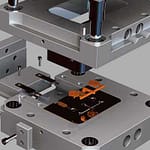

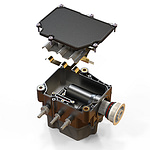
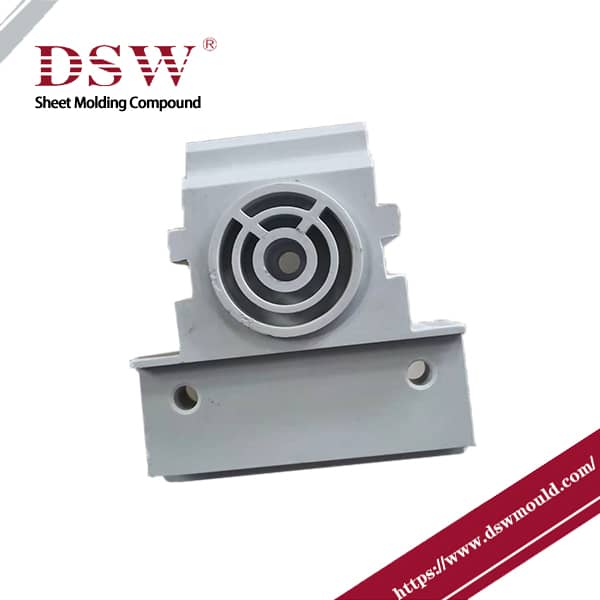
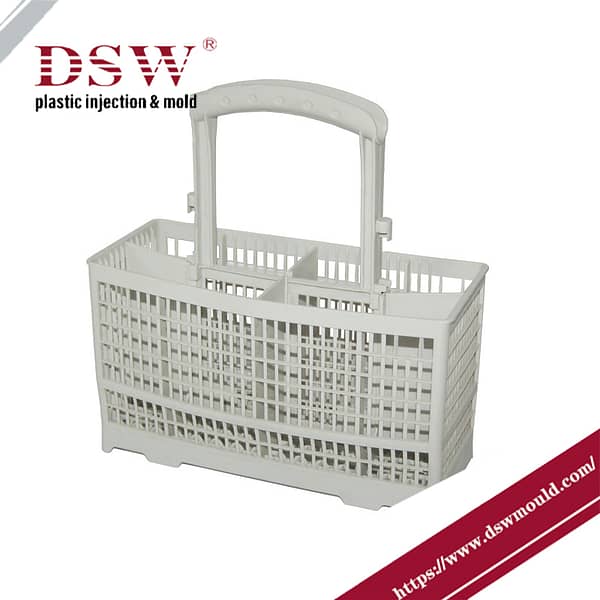
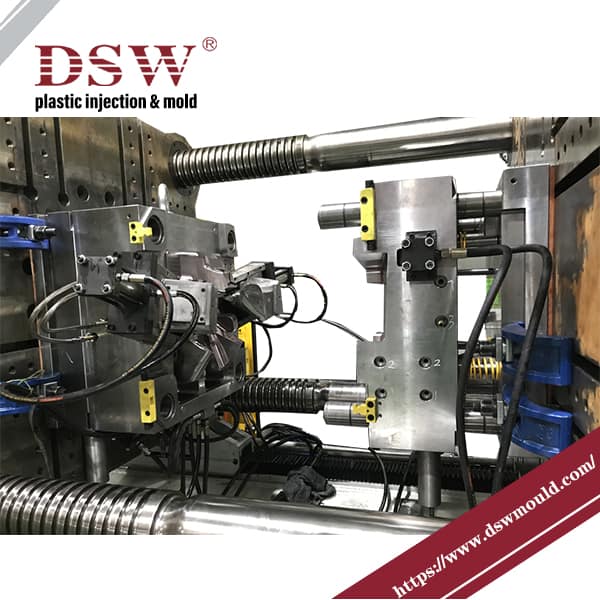


No comment